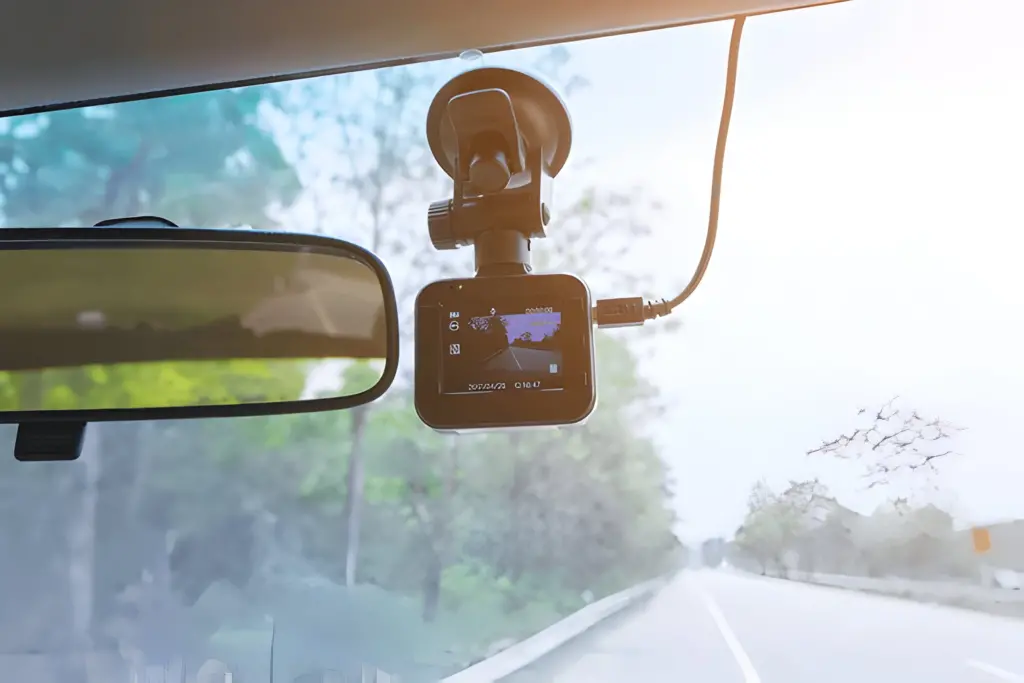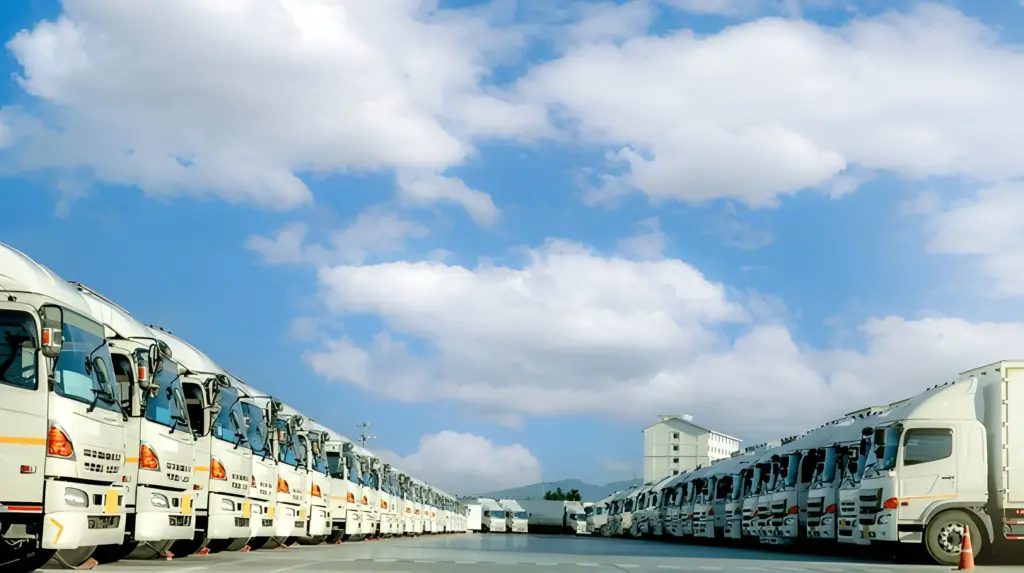
The fast-paced world of fleet management, safety and efficiency are paramount. Ensuring that drivers operate their vehicles responsibly and that logistics run smoothly can significantly impact a company’s bottom line. One powerful tool that has emerged to assist in these areas is the truck dash cam. These devices not only provide a record of events but also serve as a valuable asset in improving driver behavior, reducing liability, and enhancing overall fleet operations.
What is Truck Dash Cam?
The truck dash cam is mounted inside the cabin to record the road ahead and sometimes the interior of the cab, sides, and rear of the vehicle. Truck dash cams help prevent insurance fraud. Most truck and lorry dash cams are designed to record continuously while the vehicle’s ignition is on.
The primary types of dash cams include:
- Single-channel dash cams: Record the front view only.
- Dual-channel dash cams: Capture both the front and rear views.
- Multi-channel dash cams: Cover front, rear, and side views, providing a comprehensive recording of the vehicle’s surroundings.
These cameras are equipped with features like high-definition video, GPS tracking, and night vision, making them an invaluable tool for fleet managers.
Many 18-wheelers and commercial trucks are equipped with dash cams. the truck dash cam aim to enhance the driving experience for truckers.
The dash cam ensures that every mile on the road is captured with exceptional detail.
How Truck Dash Cam Work
Dash cams, or dashboard cameras, are small, onboard video cameras established in vehicles to constantly record the view via the the front (and now and again rear) windscreen. They serve more than one purposes, inclusive of offering evidence in case of injuries, shooting unexpected activities, and tracking driving force conduct.
Here’s a breakdown of how dash cams work:
- Camera Lens: Captures the video footage. Some dash cams come with wide-angle lenses to cover a broader field of view.
- Microphone: Records audio inside the vehicle (if enabled).
- Memory Card: Stores the recorded video files. Dash cams typically use microSD cards for storage.
- Power Source: Most dash cams are powered via the vehicle’s 12V socket (cigarette lighter socket) or hardwired directly into the car’s electrical system.
- Display Screen: Some dash cams have a small screen for live view and playback, although many rely on smartphone apps for viewing footage.
- Mounting Hardware: Includes suction cups or adhesive mounts to attach the camera to the windshield or dashboard.
Dash cams start recording automatically when the vehicle is turned on, as they are generally connected to the ignition system. They can be powered in two main ways:
- Plugging into the 12V socket: The dash cam turns on when the car is started and off when the car is turned off.
- Hardwired Installation: This involves connecting the dash cam directly to the vehicle’s electrical system, allowing for continuous recording, even when the vehicle is off (useful for parking mode).
Enhancing Safety With Truck Dash Cam
Similarly, truck drivers must recognize that dash cams are designed to protect and help them. They promote safer driving practices and provide comfort in knowing that any event involving you on the road will be fully documented.
Enhancing safety is a top priority for truckers, and dash cameras can play a crucial role in achieving this goal. By Installing high-quality dash cams in your truck adds an extra pair of eyes on the road, allowing for real-time monitoring to help avoid accidents before they occur.
Reducing Liability and Insurance Costs
Dash cams can lead to significant financial savings. By providing clear evidence in case of accidents, they help reduce the company’s liability and prevent fraudulent claims. Moreover, many insurance companies offer discounts on premiums for fleets equipped with dash cams, recognizing the reduced risk associated with their use. This can result in substantial savings for fleet operators.
Improving Fleet Efficiency Through Dash Cam Data.
Moreover, fleets may benchmark and evaluate their progress in enhancing fuel economy thanks to dashcams’ constant monitoring. Over time, this data can reveal trends and help fleet managers make informed decisions about vehicle allocation, driver assignments, and even vehicle purchases based on fuel efficiency metrics.

Increasing output while cutting expenses for operations: With the use of fleet dash cams, you can track driver behavior, optimize routes, and find areas where field service operations might use process changes. This, in turn, promotes efficiency, reduces unnecessary mileage, and minimizes idle time, leading to increased productivity and reduced costs.
Addressing Concerns And Considerations When Implementing Truck Dash Cam.
Implementing truck dash cam includes numerous key issues and considerations that need careful managing. Privacy problems are at the vanguard, as drivers may sense uncomfortable being recorded. To mitigate this, agencies have to set up clear rules on how pictures is used, ensure driving force consent, and restriction get right of entry to to authorized employees simplest.
Cost issues are also substantial, encompassing preliminary funding, preservation, and data garage. Conducting a fee-benefit analysis can help justify those fees by means of highlighting potential financial savings from reduced injuries and coverage charges. Legal compliance is another important vicinity, requiring fleet operators to be aware of varying guidelines throughout distinctive areas.
Clear communication and training about these laws are important. Additionally, information control, which includes stable storage and suitable retention intervals, is critical to protect sensitive statistics. Driver buy-in may be finished thru transparency, involvement in the choice-making system, and probably presenting incentives for safe riding. Finally, the quality and reliability of the dash cam device should be ensured to avoid machine screw ups and ensure outstanding pictures. Addressing those concerns thoughtfully enables in gaining driving force attractiveness and maximizing the blessings of sprint cams for fleet safety and performance.
FAQs
- What are the main benefits of truck dash cam? Truck dash cam improve safety, enhance driver accountability, reduce liability, lower insurance costs, and increase fleet efficiency.
- How can dash cams help in accident investigations? Dash cams provide clear, objective footage of incidents, helping to determine fault and resolve disputes quickly and accurately.
- Are there any privacy concerns with using dash cams? Yes, privacy concerns can arise, especially regarding audio recording. It’s essential to comply with local laws and regulations regarding recording consent and data usage.
- How do dash cams impact insurance premiums? Many insurance companies offer discounts for fleets using dash cams, recognizing the reduced risk and increased safety they provide.
- What features should I look for when choosing a dash cam for my fleet? Key features include high-definition video, GPS tracking, night vision, and options for multi-channel recording. Advanced features like AI analysis and real-time alerts can also be beneficial.


